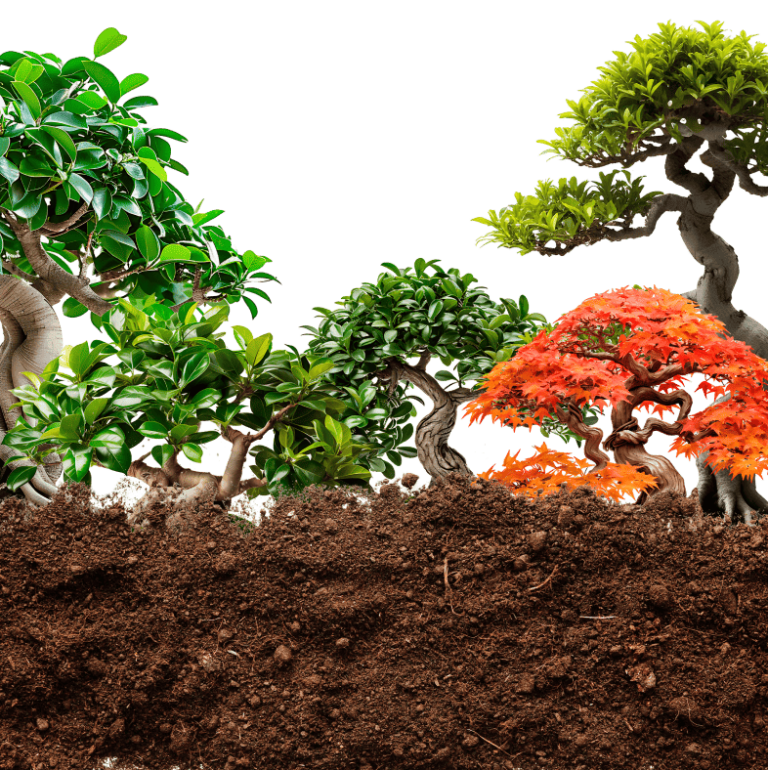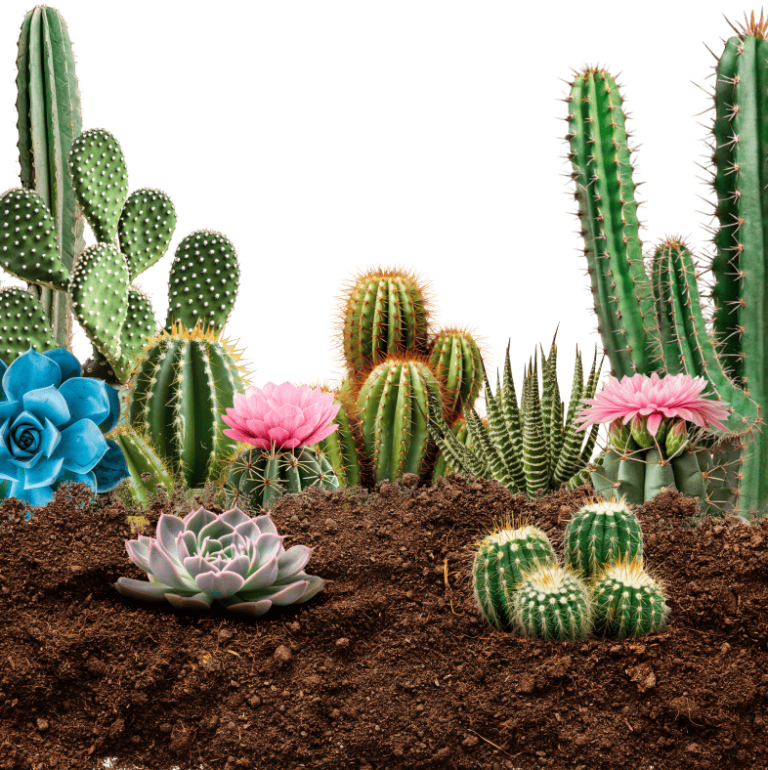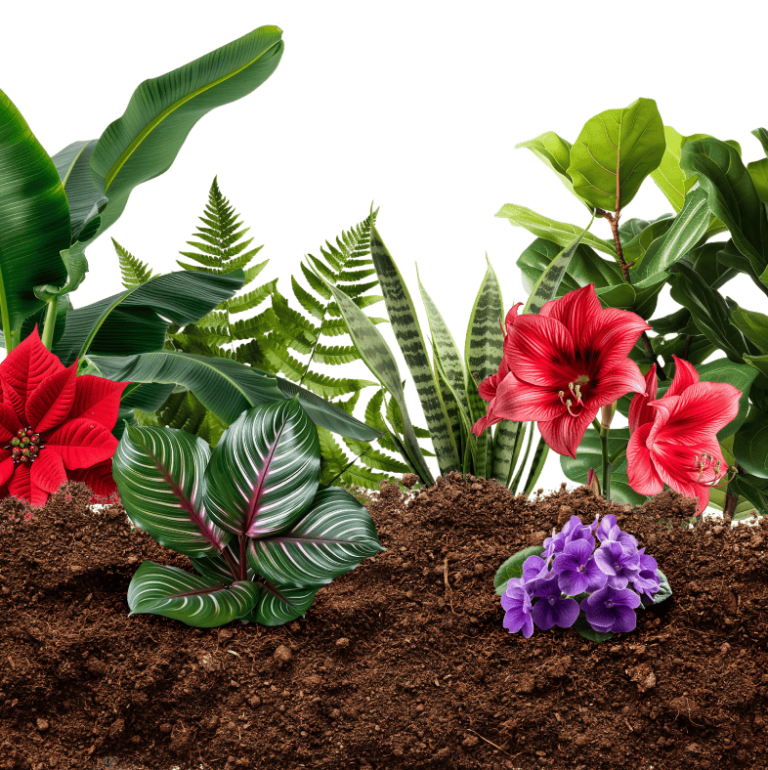Bonsai

Biodegradable & compostable
Naturally sustainable

Tips for Using Coco Coir compost
Moisture Management
Bonsai trees require consistent but not excessive moisture. Coco coir retains water well, but always check the topsoil for dryness before watering to prevent overwatering.
Aeration is Essential
Good airflow around the roots is crucial for healthy bonsai growth. Mix coco coir compost with akadama, pumice, or lava rock to enhance drainage and promote aeration.
Fertilizing
Coco coir lacks nutrients, so regular feeding is vital. Use a bonsai-specific fertilizer during the growing season, adjusting frequency depending on the tree species and its growth stage.
Onze AI plantendokter biedt assistentie, maar de eindverantwoordelijkheid blijft bij jou.
Heb je nog twijfels?
Chat met onze Growy Orchids voor tips betreft verzorging, watergeefschema’s en meer informatie over de Coco Coir Bonsai Compost.
Waar wil je meer over weten?
Potting and Repotting Tips
Repotting Time
Repot your bonsai every 2-3 years, or as needed, depending on the species and root growth. Late winter or early spring is the ideal time to repot before active growth begins.
Choosing the Right Pot
Use a pot with drainage holes to prevent waterlogging. A shallow pot works well for most succulents, while taller pots suit deep-rooted cacti.
Prepare the Coco Coir compost
Select a shallow bonsai pot with proper drainage holes. The pot should match the size and style of your bonsai tree to support its growth and aesthetics.
Layer for Drainage
Add a thin layer of akadama, gravel, or small stones at the bottom of the pot before adding coco coir bonsai compost. This ensures excellent drainage, essential for bonsai health.
Cacti & Succulents

Biodegradable & compostable
Naturally sustainable

Tips for Using Coco Coir compost
Moisture Management
Cacti and succulents thrive in well-draining compost. While coco coir retains water, ensure it doesn’t stay overly wet. Water sparingly, allowing the compost to dry completely between waterings.
Aeration is Essential
Ensure proper aeration by loosening the compost occasionally. This helps prevent compaction and promotes healthy root development. Adding materials like perlite can further improve air circulation.
Fertilizing
Use a diluted cactus and succulent-specific fertilizer during the growing season. Coco coir contains no nutrients, so regular feeding ensures your plants get the nutrients they need.
Onze AI plantendokter biedt assistentie, maar de eindverantwoordelijkheid blijft bij jou.
Heb je nog twijfels?
Chat met onze Growy Orchids voor tips betreft verzorging, watergeefschema’s en meer informatie over de Coco Coir Cacti & Succulents Compost.
Waar wil je meer over weten?
Potting and Repotting Tips
Repotting Time
Repot cacti and succulents every 2-3 years or when their roots outgrow the pot. Early spring is the best time to repot, just before the active growing season begins.
Choosing the Right Pot
Use a pot with drainage holes to prevent waterlogging. A shallow pot works well for most succulents, while taller pots suit deep-rooted cacti.
Prepare the Coco Coir compost
Rehydrate the coco coir compost by adding water until it becomes soft and fluffy. Break apart any clumps for an even texture.
Layer for Drainage
Add a layer of coarse gravel or small stones at the bottom of the pot before adding coco coir compost. This extra layer enhances drainage, keeping the roots healthy.
Houseplants

Biodegradable & compostable
Naturally sustainable

Tips for Using Coco Coir compost
Moisture Management
Coco coir is excellent at retaining water, providing consistent moisture to your houseplants. Allow the top layer to dry slightly between watering to avoid overwatering.
Aeration is Essential
Ensure proper aeration by loosening the compost occasionally. This helps prevent compaction and promotes healthy root development. Adding materials like perlite can further improve air circulation.
Fertilizing
Coco coir has minimal nutrients, so pair it with a balanced houseplant fertilizer. Feed your plants regularly, following the fertilizer’s instructions, to ensure optimal growth.
Onze AI plantendokter biedt assistentie, maar de eindverantwoordelijkheid blijft bij jou.
Heb je nog twijfels?
Chat met onze Growy Orchids voor tips betreft verzorging, watergeefschema’s en meer informatie over de Coco Coir Houseplants Compost.
Waar wil je meer over weten?
Potting and Repotting Tips
Repotting Time
Repot houseplants every 1-2 years or when roots become cramped. Coco coir compost is gentle on roots and minimizes transplant shock.
Choosing the Right Pot
Select a pot with drainage holes to prevent waterlogging when using coco coir compost.
Prepare the Coco Coir compost
Rehydrate the coco coir compost by adding water until it becomes soft and fluffy. Break apart any clumps for an even texture.
Layer for Drainage
For improved drainage, add a layer of pebbles or clay pellets at the bottom of the pot before filling with coco coir compost.
Orchids

Biodegradable & compostable
Naturally sustainable

Tips for Using Coco Coir compost
Moisture Management
Water your orchids only when the compost feel dry. The mix retains enough moisture to support healthy root growth without waterlogging.
Aeration is Essential
Keep the mix loose to allow proper air circulation around the orchid roots. Orchids thrive in an
airy environment.
Fertilizing
Orchids in Coco coir compost may need additional nutrients. Feed them with a balanced orchid fertilizer every two weeks during the growing season, diluted to half strength.
Onze AI plantendokter biedt assistentie, maar de eindverantwoordelijkheid blijft bij jou.
Need some help?
Chat with Growy Orchids for tips on repotting, care, watering schedules, and everything you need to know about the Orchid
Waar wil je meer over weten?
Potting and Repotting Tips
When to repot
Replace the coco coir compost every 1–2 years to maintain a fresh and nutrient-rich growing medium. It’s also a good idea to repot after flowering or when the roots outgrow the pot.
Choosing the Right Pot
Use a pot with ample drainage holes to prevent water pooling at the base. Clear pots are great for monitoring root health.
Repotting Steps
- Gently remove the orchid from its current pot, shaking off old compost.
- Trim any dead or rotting roots with sterilized scissors.
- Place the orchid in fresh Coco coir compost, ensuring the roots are snug but not tightly packed.
- Water lightly to settle the mix, but avoid overwatering immediately after repotting.